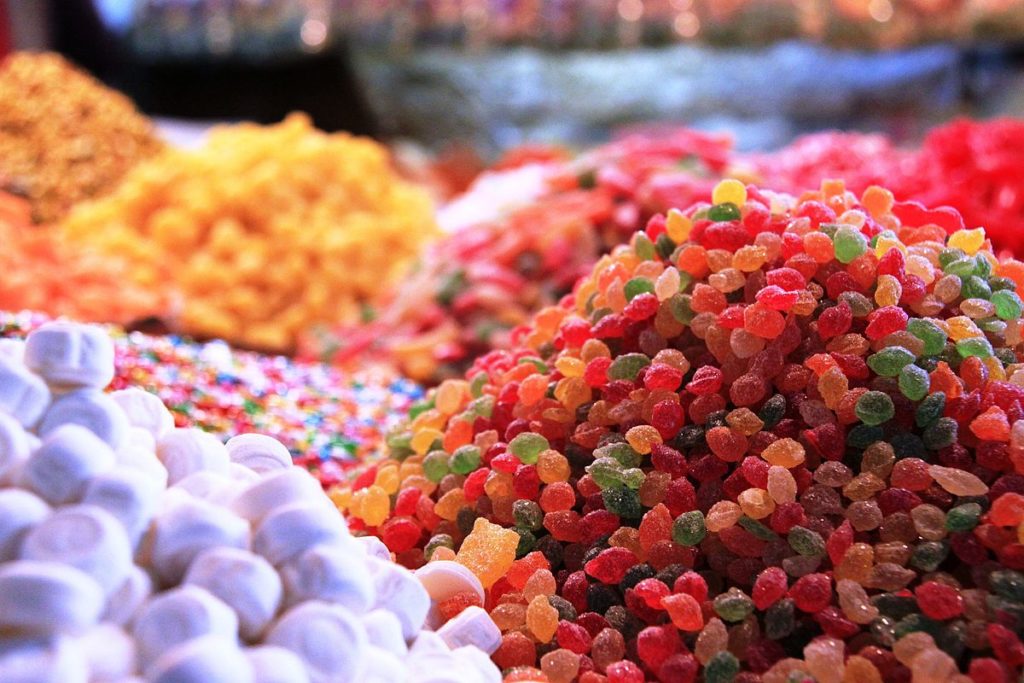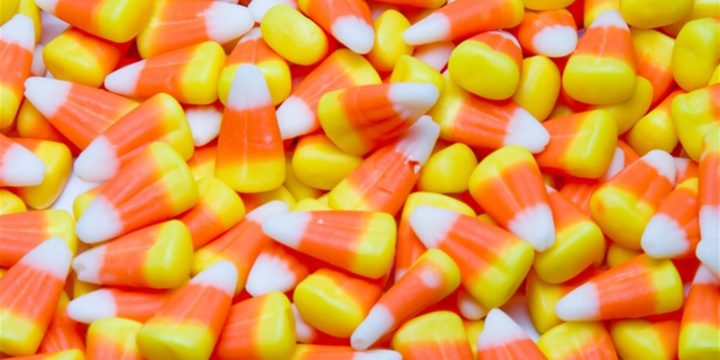It’s not a surprise that candy is a favorite for both kids and adults. We are so addicted to sweets it’s estimated that the typical American consumes around 22 pounds worth of sweets every year. If you’re trying to impress your pals or just improve your candy knowledge, take a look at these sweet facts about sweets and your favorite candy.
Candy is a favorite throughout the year. But something is exciting in the months of Halloween and National Candy Day! The holidays are just a few days apart, and we wanted to provide you with some interesting facts about your most loved candy.
Did you know that American soldiers received Tootsie Rolls in their rations during World War II because of their capability to endure any weather condition? We had no idea. Don’t delay in knowing a few facts about sweets!
Sweets that we are familiar with are present in the late 19th century. The production of candy has expanded quickly in the past 100 years. Today, consumers spend over $7 billion per year on chocolate. Halloween is the season with the most candy sales, around $2 billion spent on candy during the season.
Love Facts About Sweets

1.) It is thought that the chocolate bar first came into existence in 1847 in England.
2.) Americans buy 600 million pounds of candy each Halloween.
3.) Christmas is the time of year with the largest sale of candy of the year.
4) The biggest peanut butter cup ever created weighs 444 pounds!
Five) There are more than 400 million M&M’s that have been produced each day.
6.) The candy corn variety was first known as chicken feed.
7.) Snickers is named after the name of a horse.
8.) The cotton candy flavor was created by a dentist.
9) It takes between 21 and 28 days to create jelly beans.
10) Indulging in more sweets in one go results in fewer cavities than spreading it throughout the course.
Candy & Chocolate

About 2% of calories consumed that are consumed in an American diet come from sweets.
In Europe, in the middle of the age, the cost of sugar made sugary candy the only sweet treat available to the rich.
The dissolution makes candy of sugar and water. The various levels of heating determine the kinds of candy. Hot temperatures create hard candy, moderate heat creates soft candy, and cool temperatures make chewy candy.
Germans have twice the amount of sweets that Americans.
The majority of American candy bars came out over 50 years ago
The real flavor of circus peanuts is banana.
Gummy worms came into the market on the 15th of July on which marked the 50th birthday of the gummy bears.
A single ounce of milk chocolate is roughly the same amount of caffeine as a cup of decaffeinated coffee.
U.S. chocolate manufacturers currently employ 40 percent of the almonds grown within the United States and 25 percent of the peanuts grown in the country.
Gum
Chew gum until the sugar has gone, causing an even bigger bubble. Sugar is not stretchy and may make the bubble fall in the early stages.
Dryden & Palmer

It was created in 1880 when rock candy gained huge popularity as a remedy for coughs and colds and a delicious sweet treat. Additionally, huge amounts were consumed in salons. Each bar was a unique blend of rye and rock to “cure their patrons’ colds” or at the very least cause them to forget they were sick at all. Prohibition did not go well with the industry of rock candy and the manufacturers who were the first to come up of the industry; the only one named Dryden & Palmer remains today.
Sweet Facts About Your Favorite Halloween Candies
POPULAR HALLOWEEN CANDY VARIES BY STATE
In 2021 Starburst is the winner in Alabama and Georgia, while Swedish fish take the crown in Georgia. However, Reese’s Peanut Butter Cups, Milky Ways, and M&Ms are just a few of the most frequently-loved candies across every state.
CREATOR OF REESE’S PEANUT BUTTER CUPS NAMED THE TREAT AFTER HIMSELF
Harry Burnett Reese sold the Lizzie Bar and Johnny Bar Candy bars that he named in honor of his son and daughter, respectively. However, his peanut butter chocolate cup creation, has named himself after himself and named Reese’s Peanut Butter Cups, was his biggest hit.
THE INVENTOR OF THE TOOTSIE ROLL ALSO CREATED A PRECURSOR TO JELL-O.
Leo Hirschfield, the inventor of Tootsie Rolls, also came up with Bromangelon Jelly Powder, a gelatin dessert that served as a prelude to Jell-O.
DENTISTS INVENTED COTTON CANDY.
One wouldn’t think that a dentist would be accountable for introducing an entirely new kind of sweet, though perhaps the idea was to generate some revenue from a cavity-related business. In 1897 the dental surgeon William Morrison partnered with confectioner John C. Wharton to create a machine that utilized centrifugal force to transform sugar into a cotton-like string. The result was cotton candy, but the name wasn’t officially introduced in the 20th century. Morrison and Wharton were the first to call their candy “Fairy Floss.”
IN JAPAN, ADULTS CAN BUY SAKE-FLAVORED KIT KATS.
They’re covered by white chocolate and are stuffed with sake powder (0.8 percent alcohol). The Japanese can also enjoy whiskey-flavored Pocky sticks that are covered in chocolate and flavored with malt.
